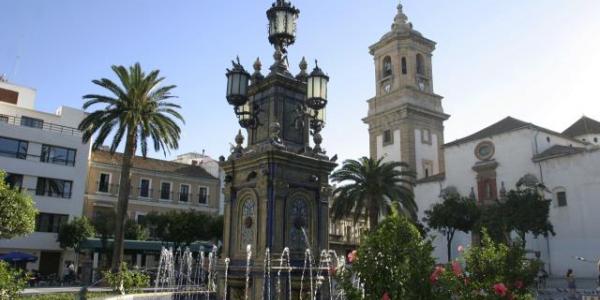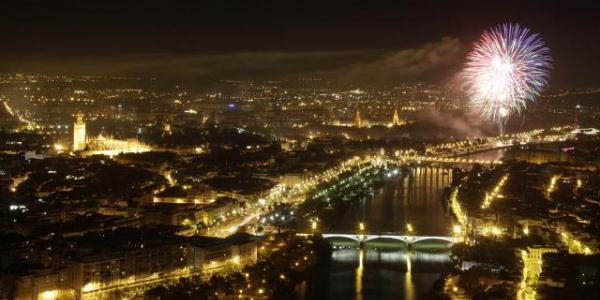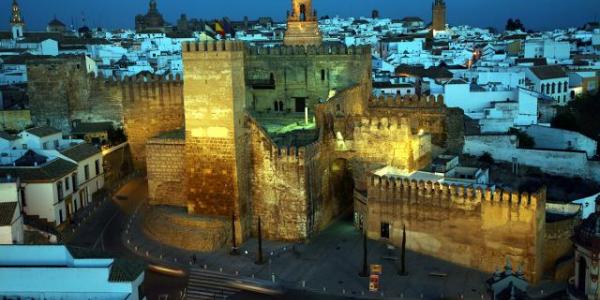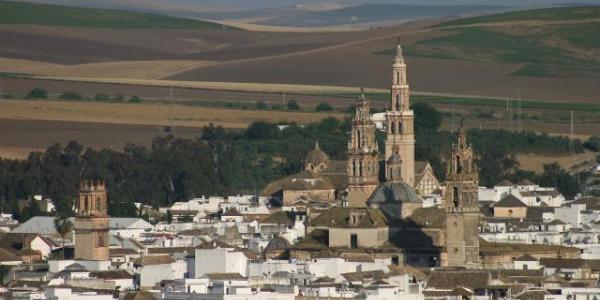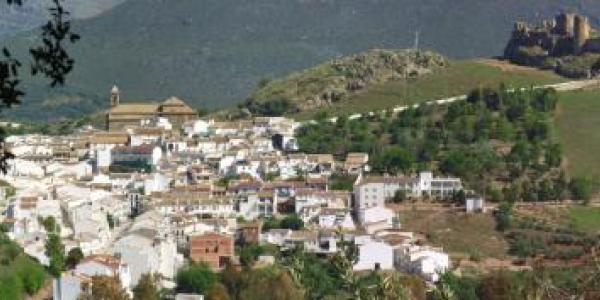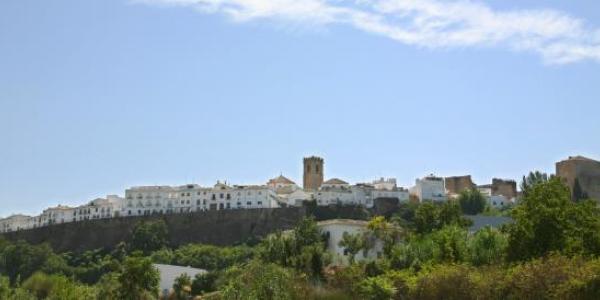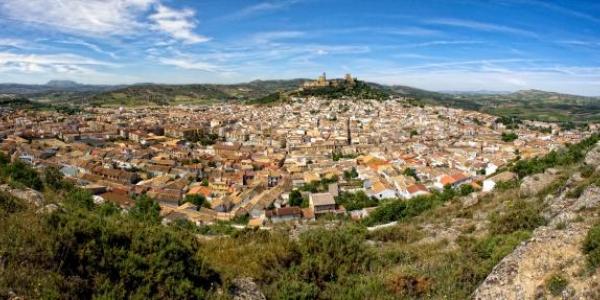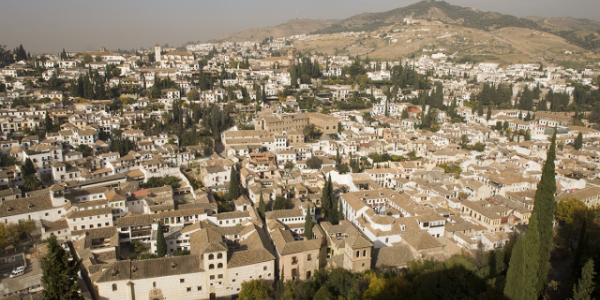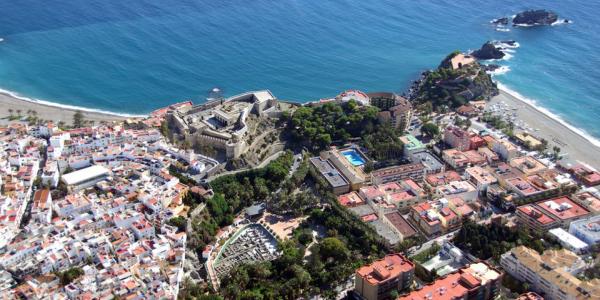The Aqueduct of Almuñecar

The Aqueduct of Almuñécar, one of the largest in Roman Hispania, is a work of almost 11 km long .Up to five sections of the aqueduct are preserved; Torrecuevas section and sections I, II and III run through a forest of avocado and custard apple trees, a landscape of great beauty that makes it even more attractive the visit to this Roman work, declared as an Asset of Cultural Interest, which has survived the vicissitudes of history. Some sections of the aqueduct are still being used today for traditional irrigation.
The Archaeological Museum

The Archaeological Museum is located in a Roman monument, the cryptoporticus, dated in the 1st century AD, whose function was to bridge the unevenness of the hill in order to build the forum. The Cueva de Siete Palacios consists of a large dome with seven longitudinal transepts where interesting archaeological pieces are displayed dating from the Algaric era until the end of the Middle Ages. They include Pharaoh Apophis I’s cinerary vessel, dating from the 17th and 16th centuries BC, which contains the oldest written text preserved in the Iberian Peninsula, and perhaps in the western Mediterranean.
The Punic factory

The salted fish factory, of Punic origin, is one of the most important archaeological sites in Almuñécar. The visitor will find a set of remains that will let him imagine the grandeur of the past days of this city: the temple dedicated to the goddess Minerva, the water supply systems coming from the aqueduct or the ponds where the fish salting and Almuñecar garum were manufactured.
The Castle of San Miguel

Crowning Almuñécar, the Castle of San Miguel overlooks the town. Under its walls archaeological remains have been found, dating from the Punic and Roman periods. However, what are really outstanding are Muslim structures and buildings dating from the end of the reign of the Catholic King Ferdinand when, in the 16th century, the moat, the drawbridge and the imposing entrance facade with four circular towers were built. During the War of Independence against the French, the town was bombed by the British troops, being reduced to ruins, and would be used as a cemetery until recently.



